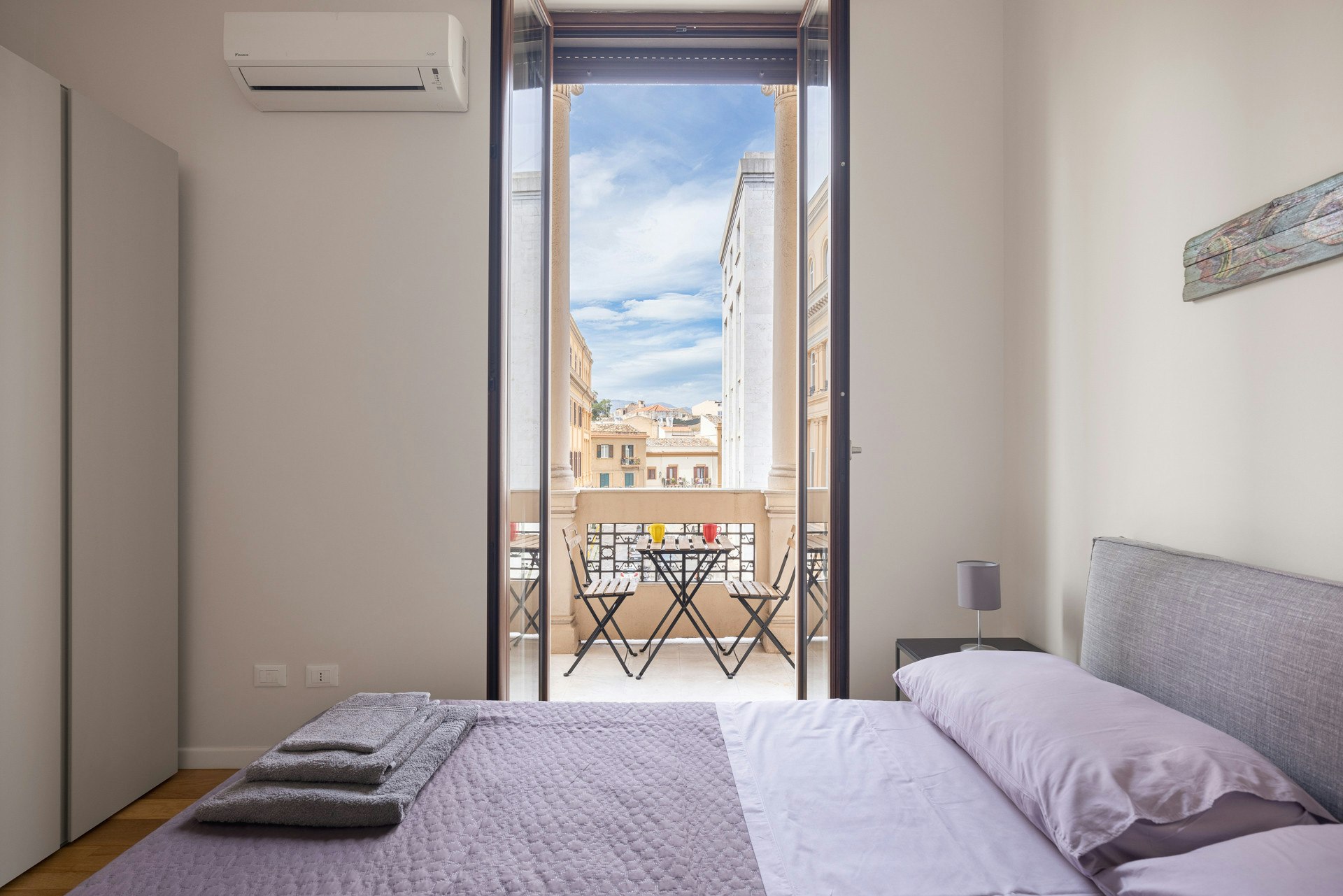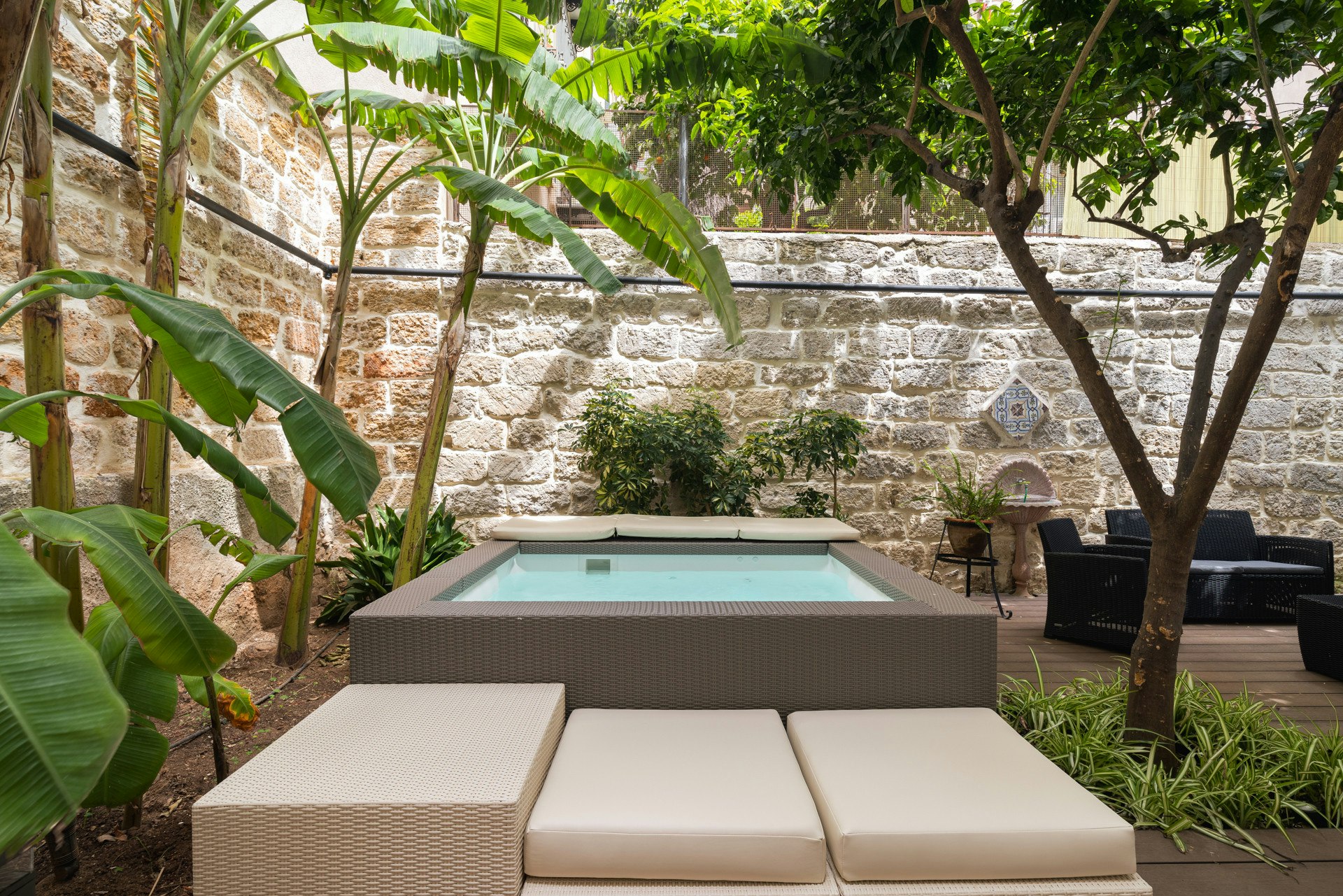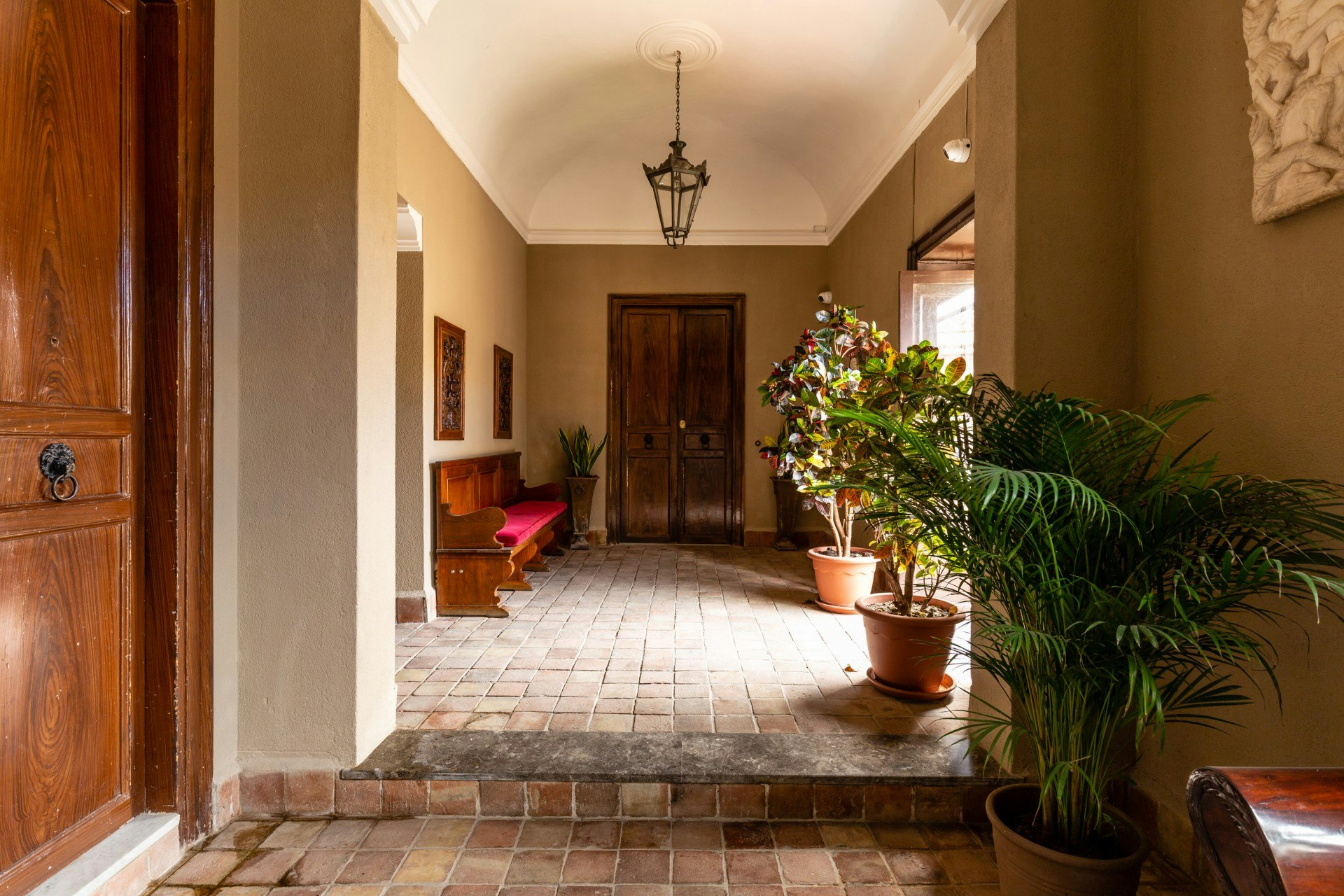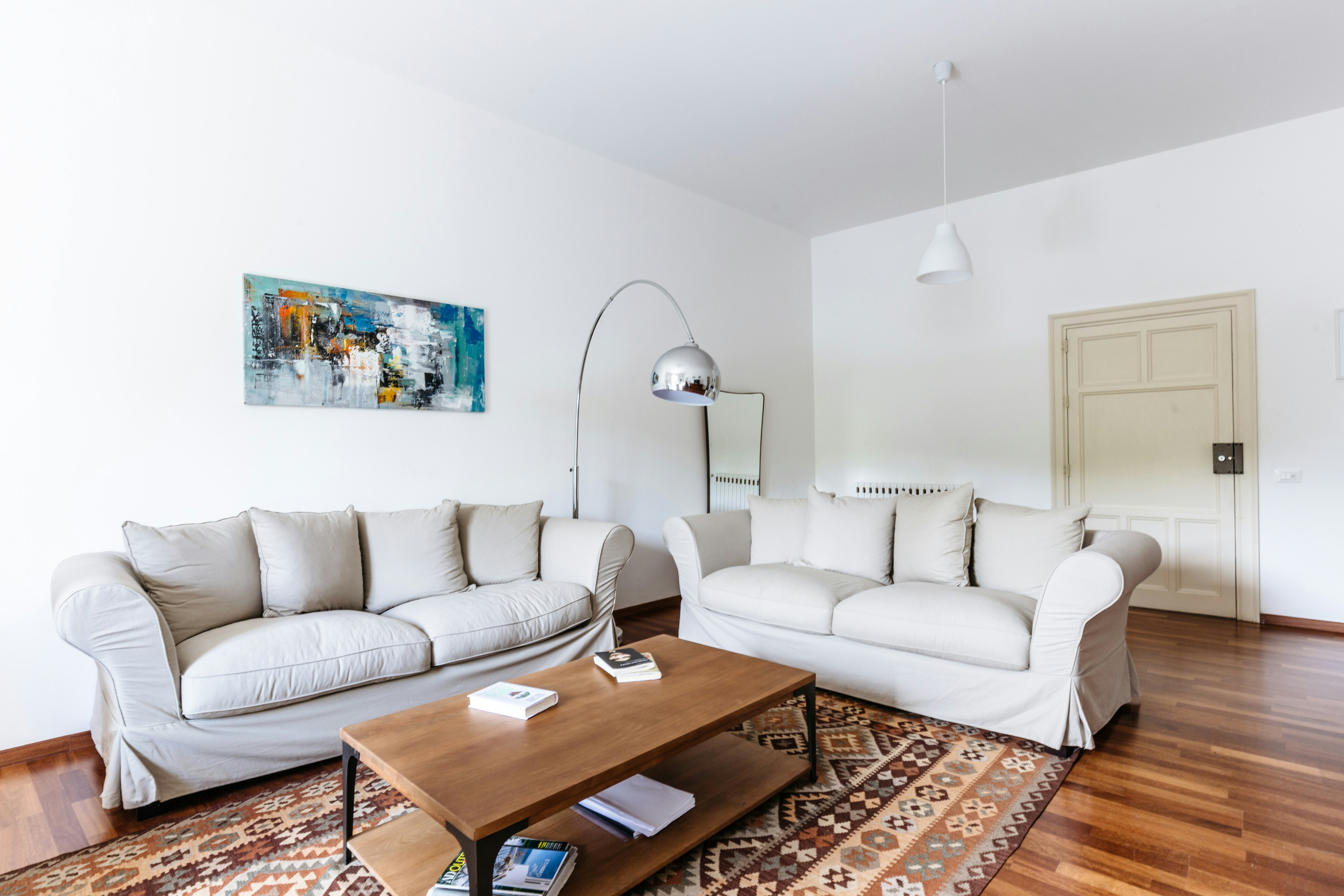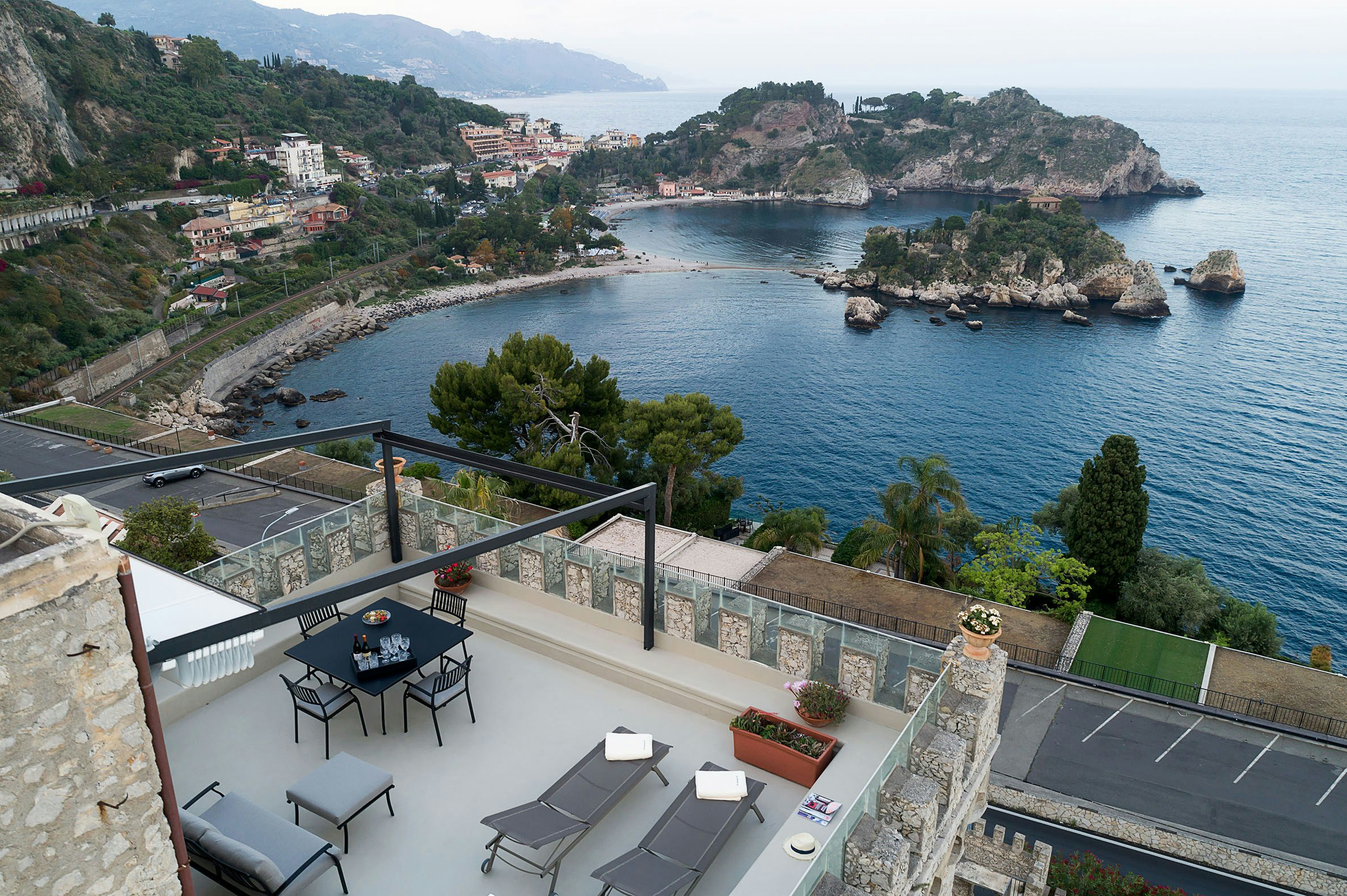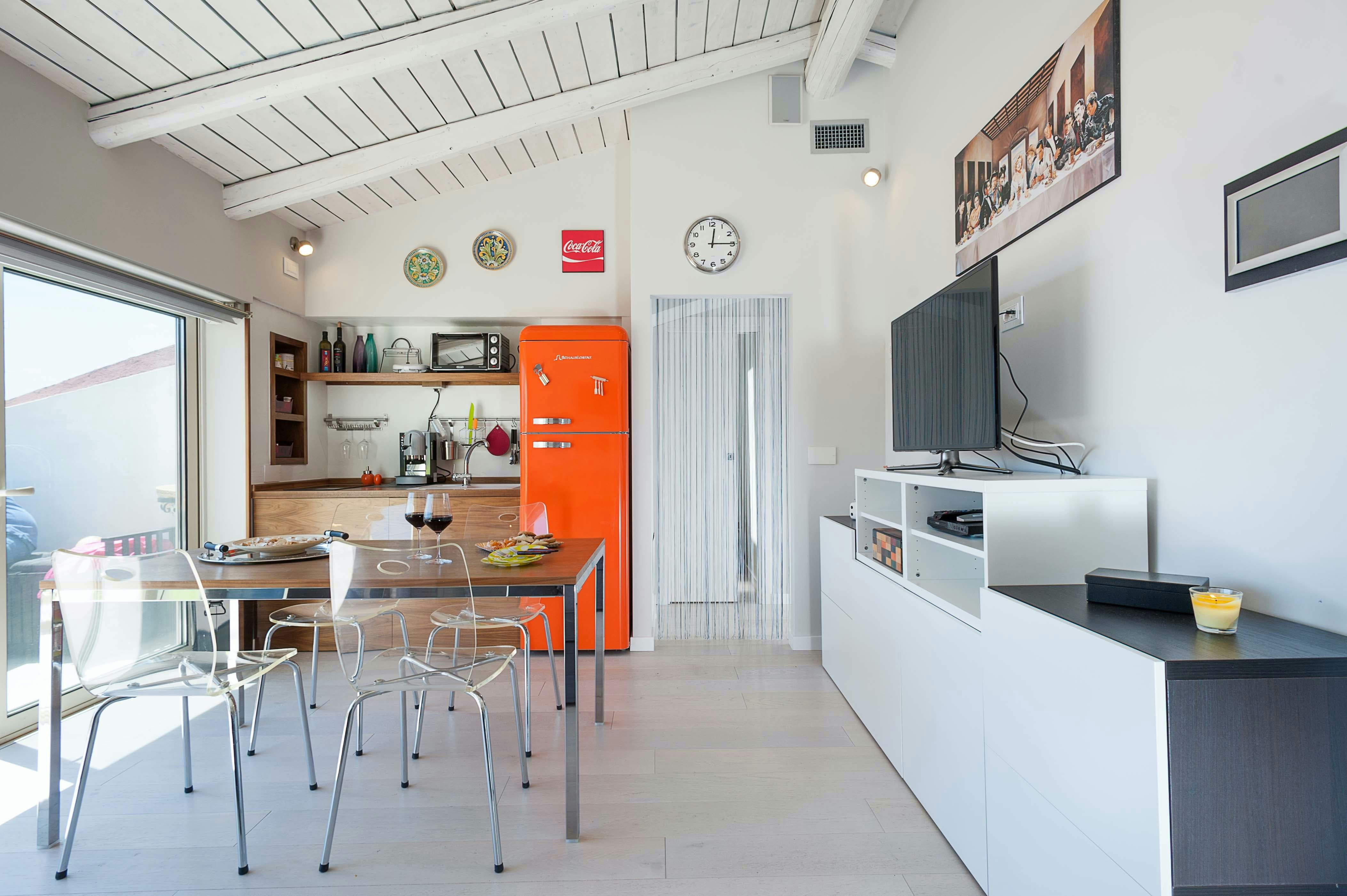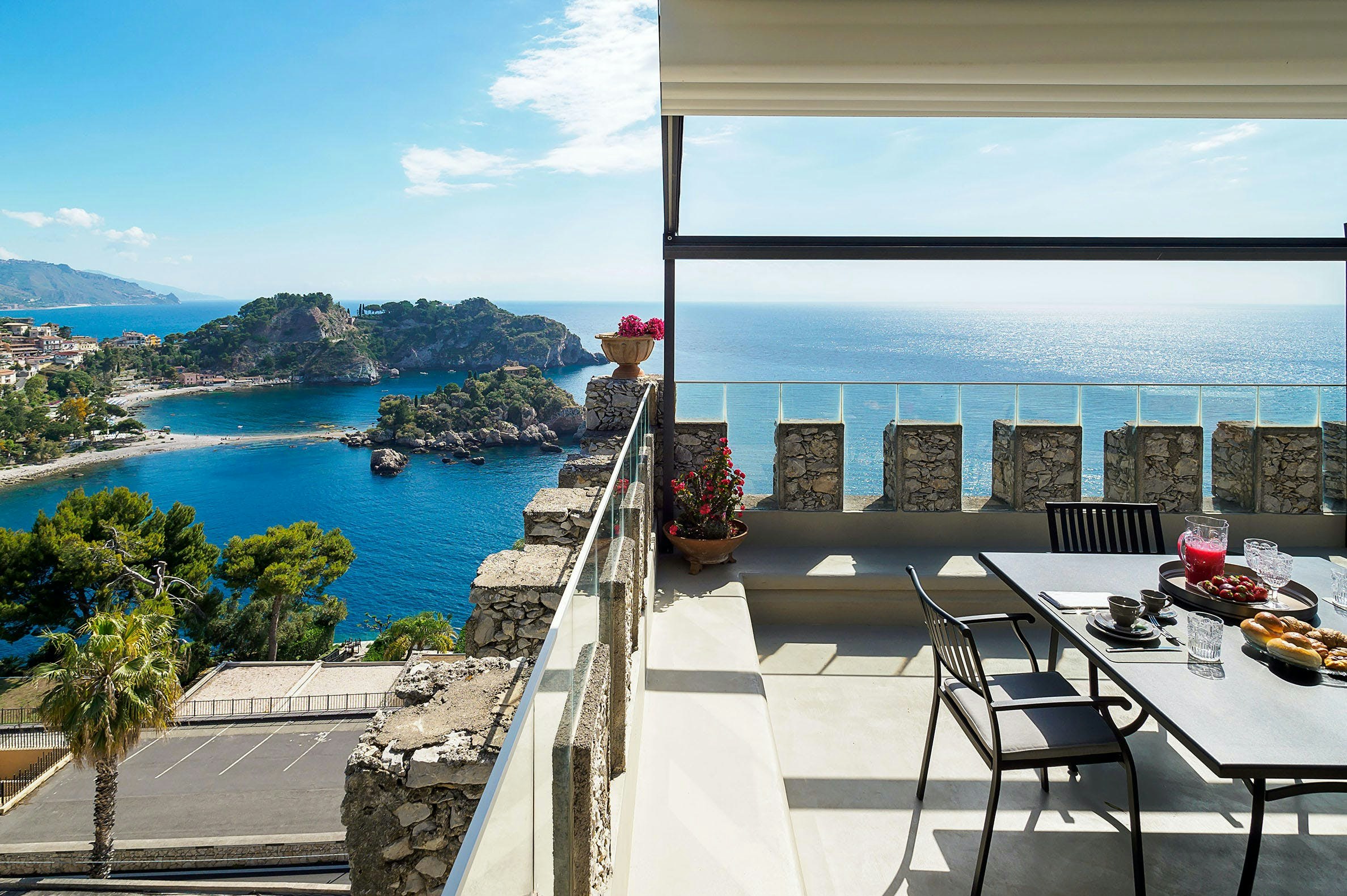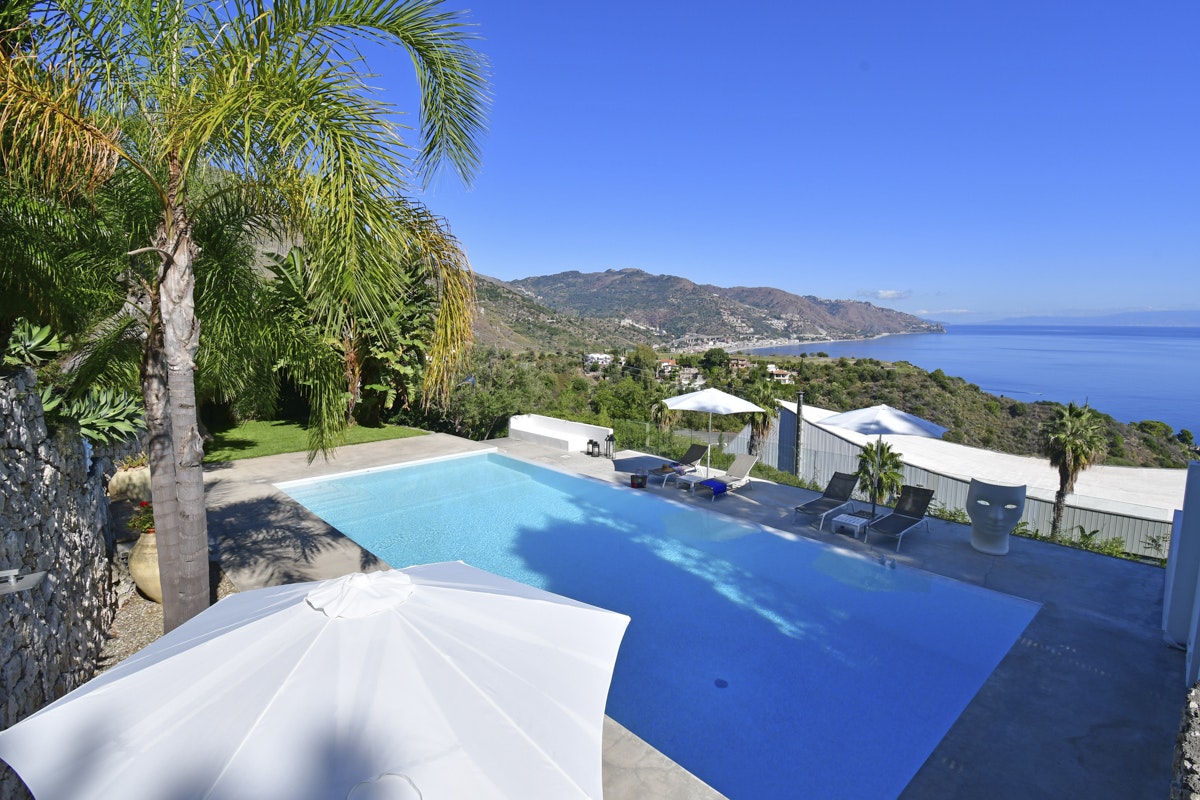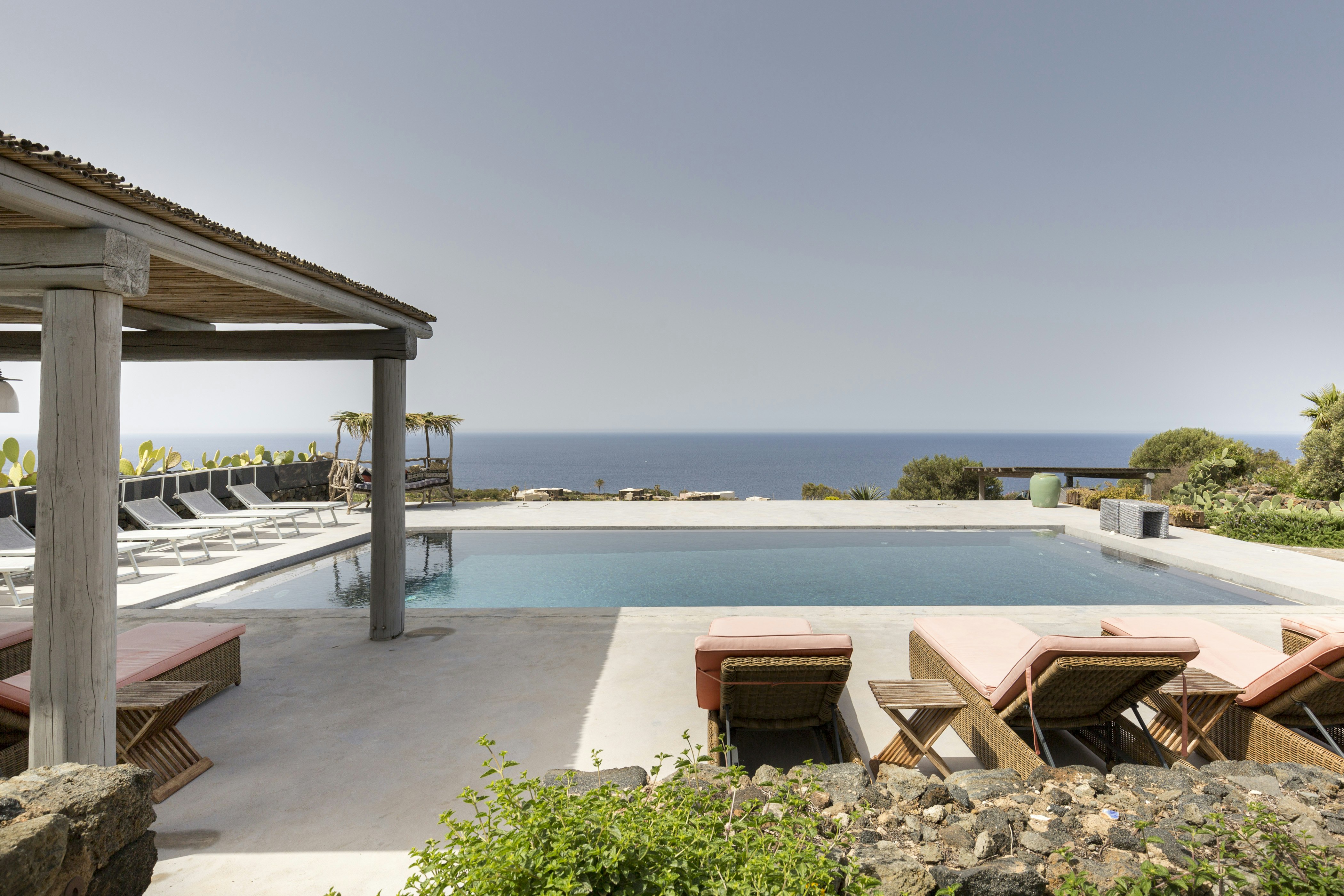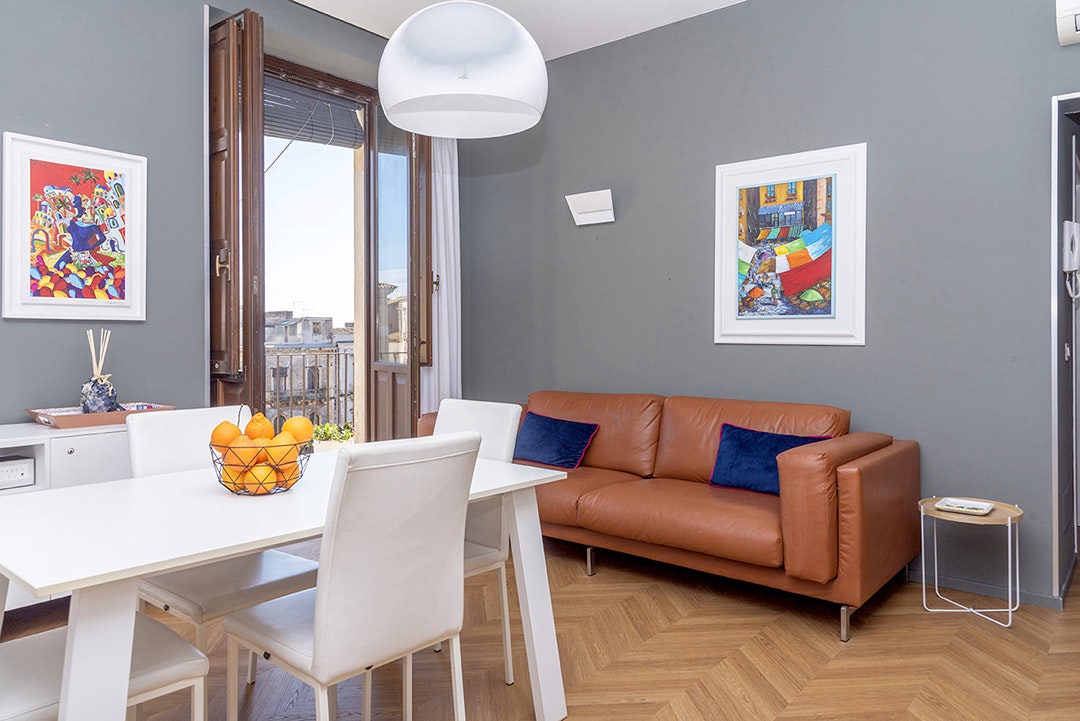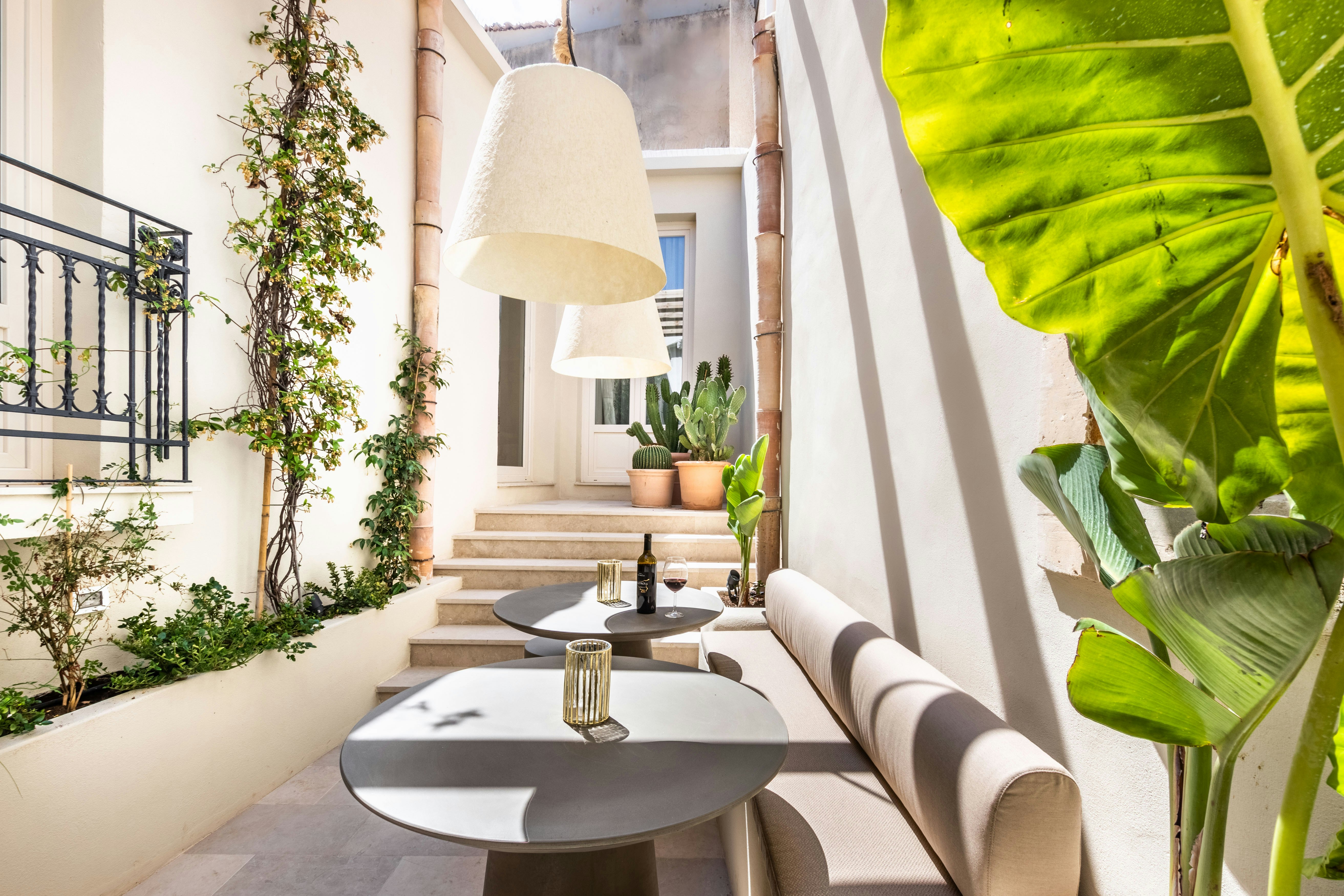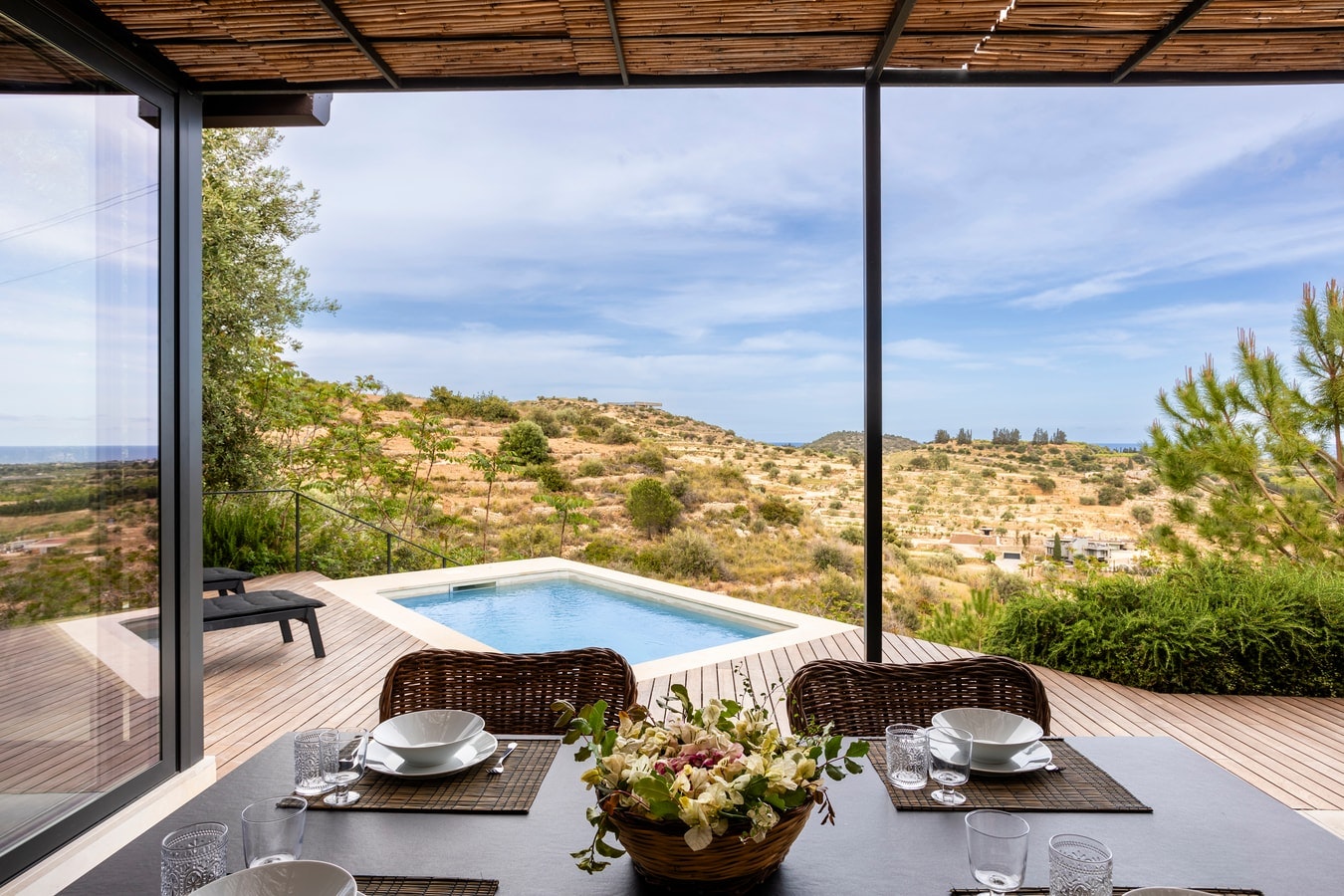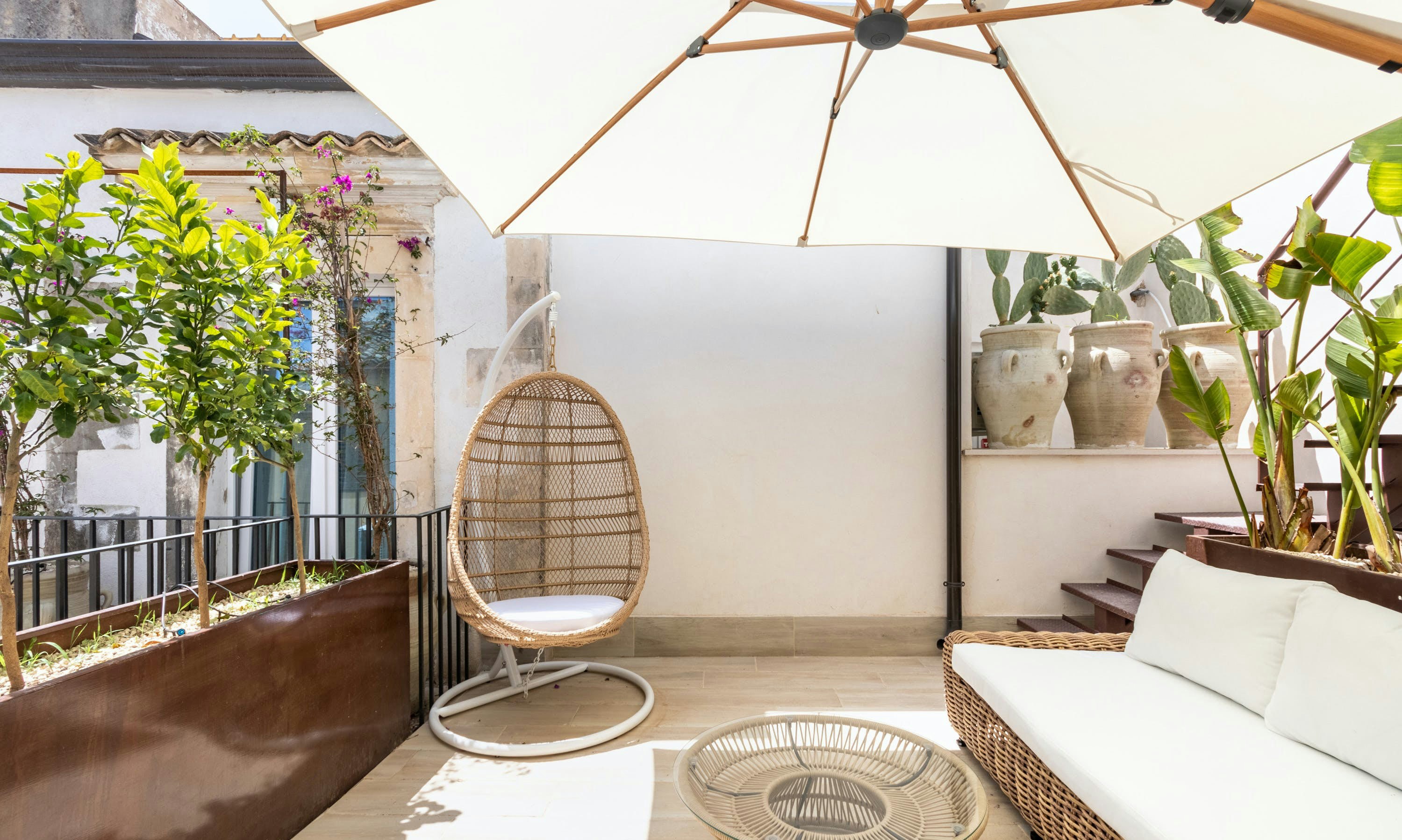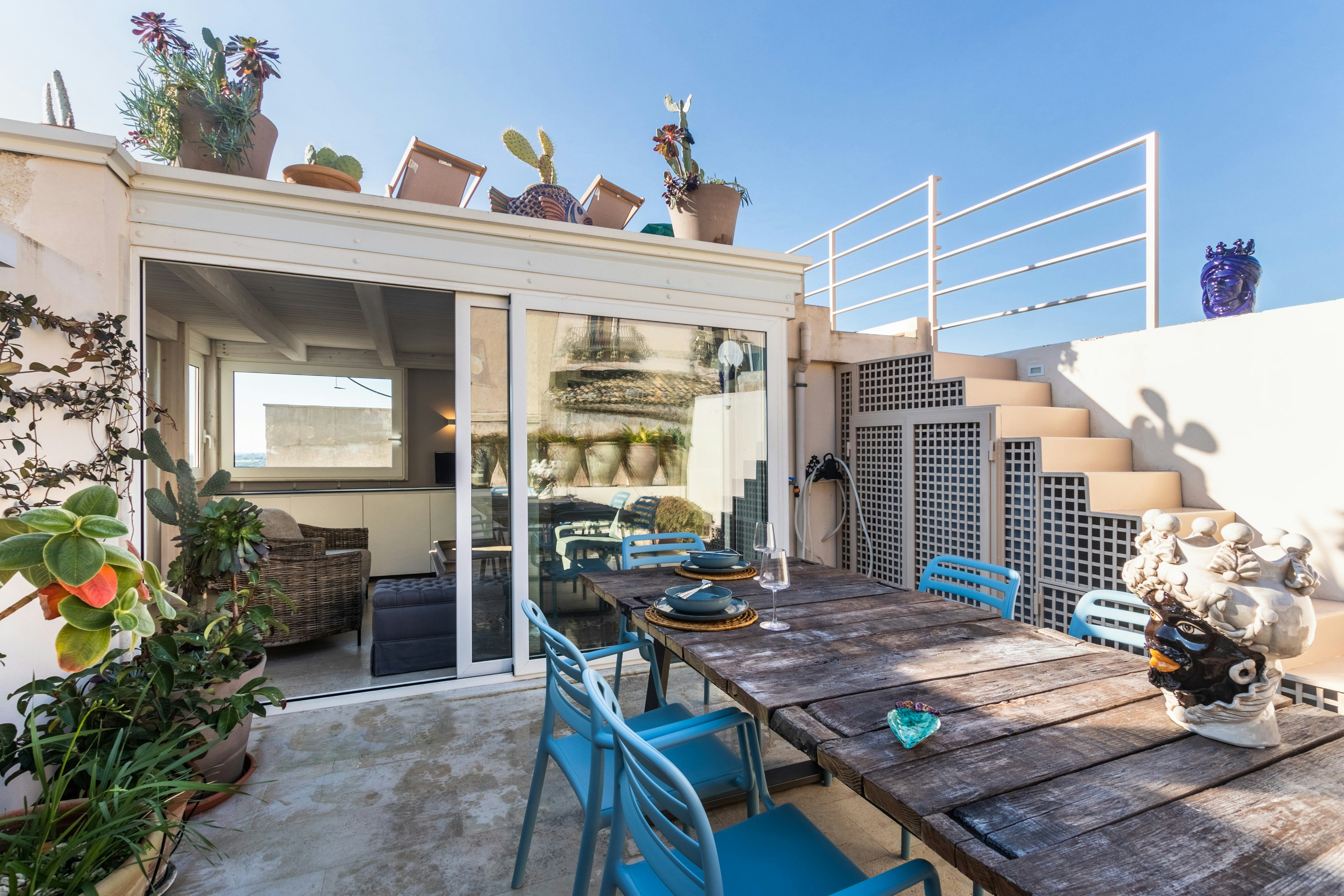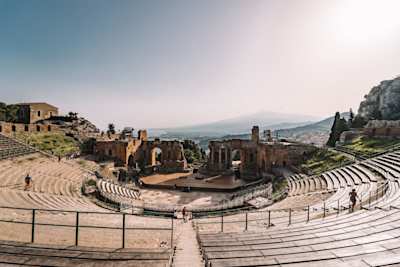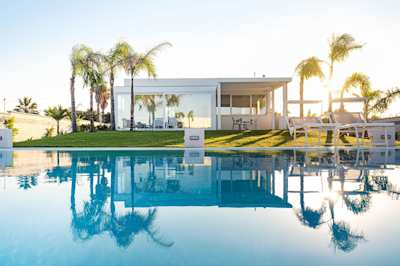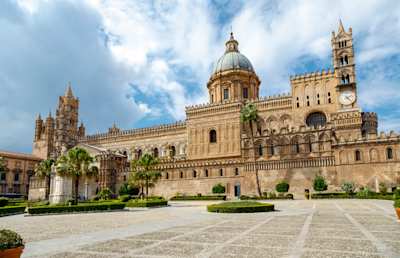The Ultimate 7 Day Sicily Itinerary
Seven days in Sicily? You lucky thing. Here’s the ultimate itinerary for a week in Mediterranean heaven
~
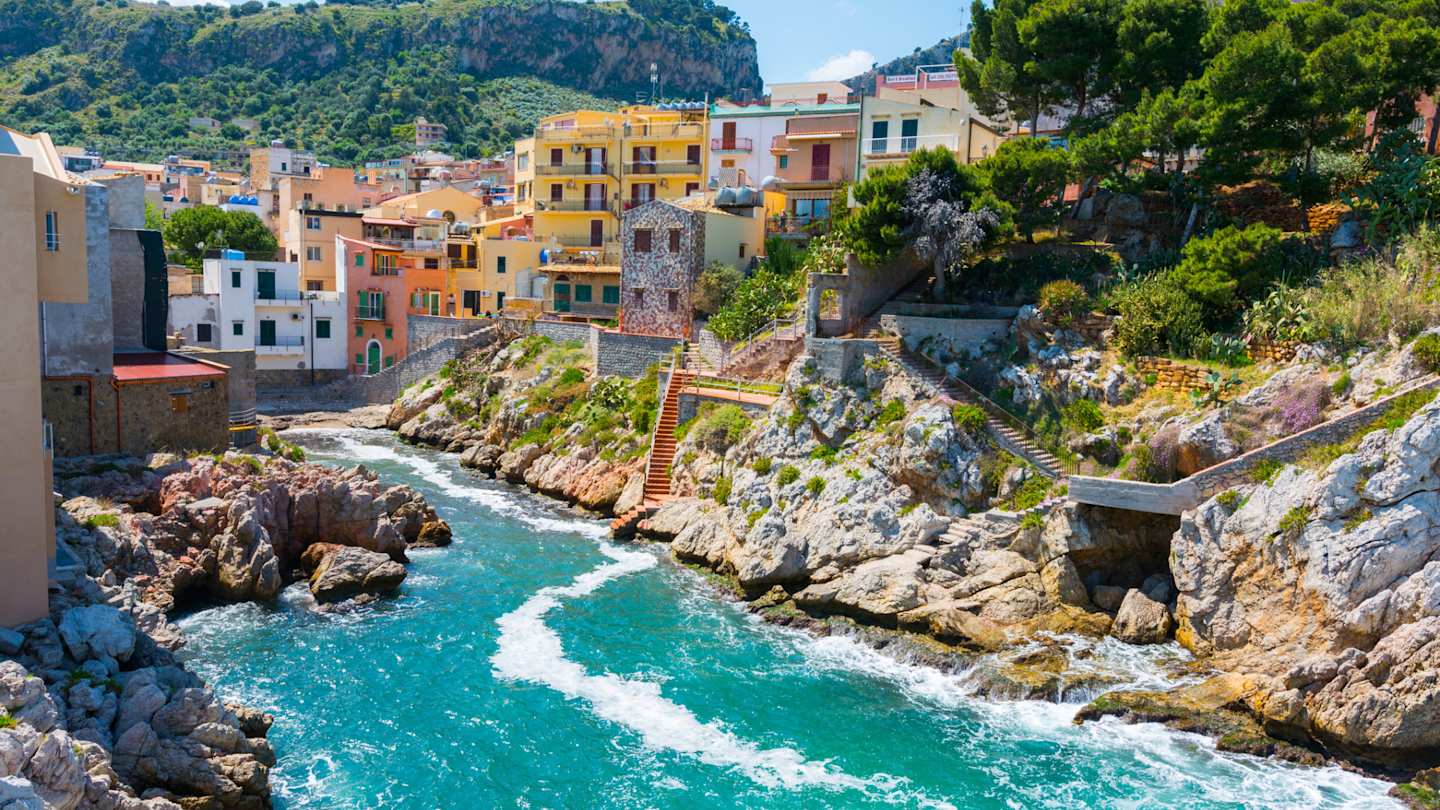
Headed to Sicily for a seven-day break? Not a bad choice. Italy’s largest island is one of the most diverse and interesting places in the Mediterranean. From famous archaeological sites to small, rustic villages, beautiful beaches, historic volcanoes and some of the best food (and wine) on earth, there’s a lot to pack in. So to help you make the most of your week’s adventure exploring the island, the experts at Plum Guide have put together this ultimate Sicily itinerary for seven days.
Day One: Explore Palermo

Street in Palermo, Sicily
Where better to begin your Sicily itinerary for seven days than in the island’s incredible capital, Palermo? If you’re one to meander around old European cities on foot, you’ll be right at home amongst a maze of tight-knit streets, connecting hidden squares and ornate buildings. Be sure to explore some iconic landmarks, such as Palermo Cathedral (dating back to the 12th century) and Norman Palace, as well as Quattro Canti with its symmetrical fountains. Outside the city is Cattedrale di Monreale, a medieval treasure and Italy’s oldest church. For those chasing culture, visit the Massimo Theater, well known for its acoustics and the best place for a night at the opera. Of course, there are galleries and museums aplenty, too.
Hungry? Check out the city’s bustling markets (Capo, Ballarò and Borgo Vecchio), where you’ll find all kinds of delicious treats, including heavenly arancini (a deep-fried rice ball filled with ragu sauce or beef, ham, peas and cheese) and crocche (deep fried potato fritters). Providing you can keep your lunch down, there is the option of visiting the Catacombe dei Cappuccini—burial catacombs underneath the city, filled with mummies, skeletons and corpses. Your choice.
See Plum Guide homes in Palermo
Day Two: Relax in Cefalù
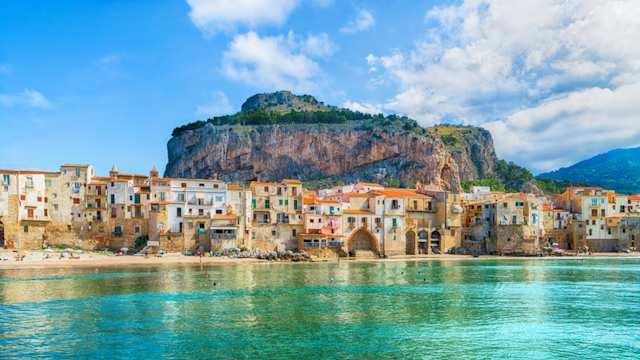
The coastal city of Cefalù
One of the biggest draws of Sicily is the charm of its small seaside towns. Cefalù is perhaps the best example—a place that may have you wrestling with staying longer and compromising on the rest of the itinerary. Just take one look at that old harbour. It’s Sicily in a postcard.
For even better views, we recommend hiking up La Rocca, a massive hulk of rock that overlooks the town and coastline, where human activity dates back as far as prehistoric times and, to this day, is home to the 4th century Temple of Diana. Hiking up 268 metres not your thing? Fair enough. There’s always the hard decision of opting for a day at the beach instead. Snooze under an umbrella, sip on cocktails and swim in the warm, crystal waters of the Mediterranean. It’s a tough life out here. We advise you to at least take a stroll around the narrow cobbled streets where you can find delicious gelato and a Negroni or two. Inside the 13th century Cefalù Cathedral are mesmerising mosaics such as Cristo PantocratoreI (Christ All-Powerful).
Day Three: Enjoy the views in Taormina
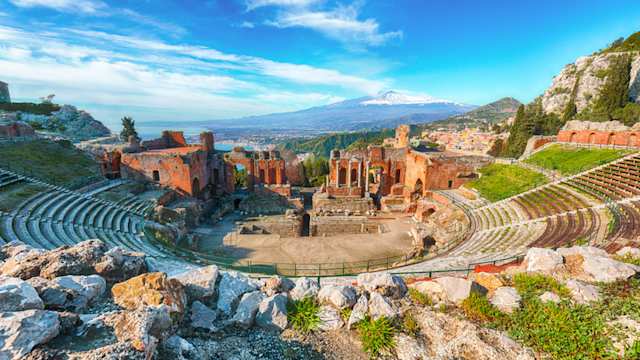
Ancient Greek theatre in Taormina, Sicily
Taormina is a hotspot for Italians in the summer, and with very good reason. Perched on a hillside above the dramatic Mediterranean coastline, the resort town hosts dramas, concerts, symphonies, operas, ballet performances and music festivals throughout the summer months. It’s been doing so for millennia, actually, with its ancient Greek-Roman theatre (Teatro Antico di Taormina) initially built in the 3rd century. On a clear day with Mount Etna in the background set against these ancient ruins, it is one of the most atmospheric sites in Italy.
By day three of this trip, you’ll be well accustomed to pretty streets and romantic buildings. Taormina is no different, offering plenty of boutiques and al fresco cafes to pop into as you stroll down Corso Umberto. For some of the best photo opportunities, plenty of terraces and squares open up to the incredible views of the sea, with Piazza IX Aprile being one of the most popular. You can jump on the short cable car ride down to the sea to reach those tempting beaches below. If you have the time, we recommend Isola Bella, a tiny island just off the coast that’s perfect for swimming, snorkelling, kayaking and stand-up paddleboarding.
Browse Plum Guide homes in Taormina
Day Four: Climb Mount Etna

Cable cars leading to the top of Mount Etna
What kind of Sicily itinerary for seven days could afford to miss this? Dominating large parts of the island’s skyline, Mount Etna is one of Europe’s most famous volcanoes and one of the world’s most active. Yet, despite this continuous flurry of activity, it is, believe it or not, relatively easy to explore and visit. Should you want to test your nerve, there are plenty of hiking trails up to the ever-changing summit 3,300 metres above the Mediterranean. On the way, you’ll see craters, ancient lava flows and steaming hot springs amongst a moonscape that provides an otherworldly experience. You can hire a guide or do it independently, but prepare for a challenging climb and changeable conditions.
If all of this sounds like hell to you (us too), you’ll be extremely pleased to know that there is also a cable car and a narrow-gauge railway that can get you up the mountain without breaking a sweat. Grab the photos, try not to heave at the smell of sulphur fumes and head back down within an hour or two. We recommend visiting between May and September for the best views and favourable conditions. However, even in the winter months, Mount Etna remains a worthy visit, given that you can ski and sledge down some of the slopes.
Check out all of our homes in Sicily
Day Five: Admire the architecture in Catania
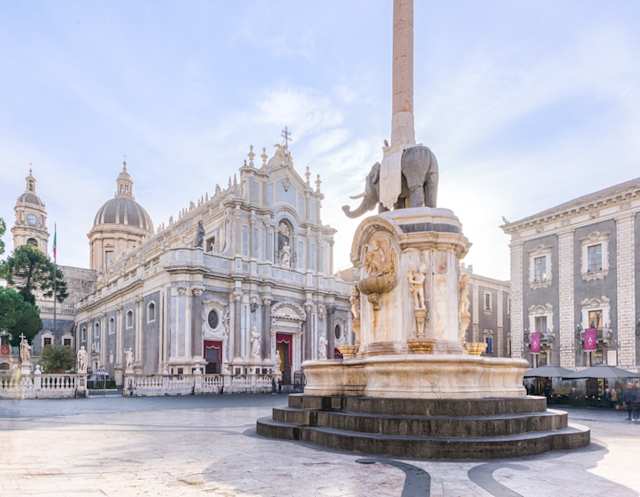
The main city square Piazza del Duomo in Catania
Under the shadow of Mount Etna, Catania is an ancient port city and Sicily’s second largest. Given its location, the city has undergone plenty of volcano-enforced renovations, layering it with a rich tapestry of history. Indeed, as you walk around, you’ll notice that the locals have built on, in and around, the cooled lava flows, making for some fascinating, unique volcanic architecture known as ‘The Black Baroque of Catania’. In the Piazza Duomo, you’ll find the majestic cathedral and a lava elephant—a statue carved out of cooled lava with an Egyptian obelisk on its back. This elephant is the city's symbol and is said to bring it good fortune.
If you’re into local history, explore the imposing 13th-century Ursino Castle and Monastero Dei Benedettini, the second-largest Benedictine monastery in Europe. For a tasty (if somewhat smelly) excursion, the famous fish market La Pescheria is well worth your time. You can sample the Mediterranean delights (freshly caught that morning) with plenty of nearby seafood restaurants to choose from.
Day Six: Visit small towns in Val di Noto
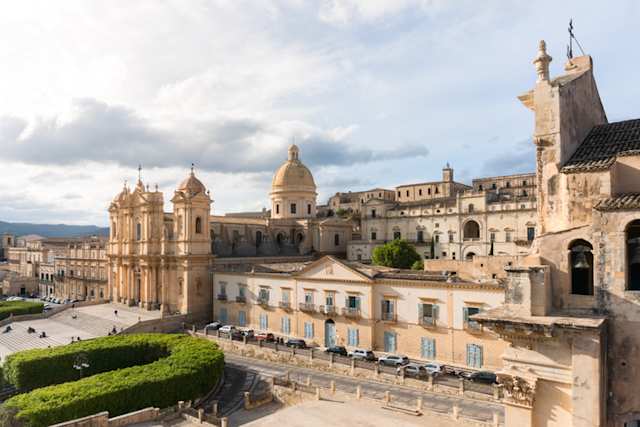
View of the Cathedral of Noto, Val di Noto, Sicily
Sicily is rightly home to many UNESCO World Heritage Sites. There’s Mount Etna and the aforementioned Arab-Norman Cathedral Churches in Palermo, Monreale and Cefalù. And then there’s Val di Noto. This splendid area of southeast Sicily deserves more than just one day, so you may want to be selective and pick your own. That’s because the area of Val di Noto is made up of eight towns: Caltagirone, Catania (covered above), Militello, Modica, Noto, Palazzolo, Ragusa and Scicli. Thanks to the never-ending volcanic activity of Mount Etna, they were all largely destroyed by an earthquake in 1693, leading to their rebuilding in the iconic late Baroque style.
Every town is a joy and offers something unique. For example, in Noto, there’s the San Nicolò cathedral, while Caltagirone offers famously beautiful enamelled ceramics that even pre-date Arab-Sicily. In Modica, take a moment to visit one of the many chocolate shops. Meanwhile, Scicli is home to many elegant palaces, and in Ragusa, there’s ‘Giardino Ibleo’, a serene public garden with sweeping views, ambling pathways, churches and fountains.
Discover Plum Guide homes in Noto
Day Seven: Step back in time in Agrigento
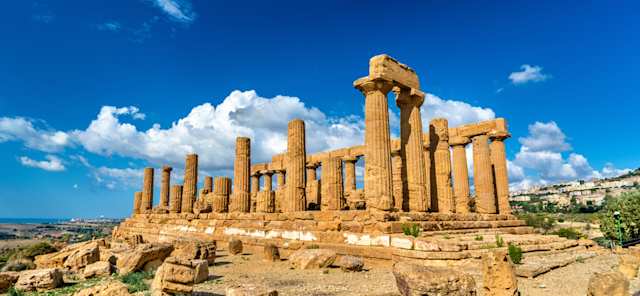
The Temple of Juno in the Valley of the Temples, Agrigento, Sicily
Rounding out our ultimate seven-day Sicily itinerary is an unforgettable day in the Valley of the Temples, just outside Agrigento. It’s the largest archaeological site in the world, one of Sicily’s most renowned attractions, and yes, you guessed it, another UNESCO World Heritage Site. But, of course, that’s no surprise, given just how well-preserved some of these Greek ruins are. Dating back as far as 500 BC, there are plenty of temples to discover, including the Temple of Concordia in all its Doric architectural glory.
While it can be mesmerising here in the valley (it’s more of a hilltop, actually), do take an hour or two to explore the nearby city of Agrigento. The medieval centre is home to plenty of trattorias and bars, and there’s always time for a stroll along the narrow alleyways that weave their way between old mansions and grand churches. Of particular interest is Cattedrale di San Gerlando, boasting a confluence of Arab-Norman, Gothic, Renaissance and Baroque architecture. For the history buffs who can’t get enough, Pietro Griffo Archaeological Museum contains over 5,000 (yes, five thousand) artefacts discovered within the Valley of the Temples. For foodies, head to the market held every Friday, where you can find authentic Sicilian flavours.
Why book with Plum Guide?
If you're planning a trip to Sicily and are looking for the best places to stay, Plum Guide has you covered. Unlike other platforms, we carefully select and vet every home in our collection, allowing you to book with total confidence.
